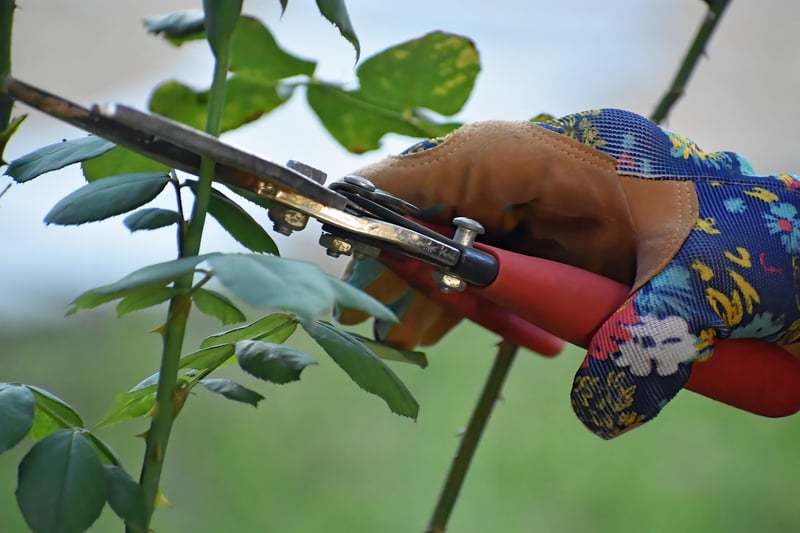Pruning Techniques
Keeping Your Garden Healthy: Essential Pruning Techniques

Having a healthy garden requires more than just watering and fertilizing. Pruning is an essential technique that not only promotes plant health but also enhances the overall look of your garden. Here are some key pruning techniques to keep your garden thriving:
1. Deadheading
Deadheading is the process of removing spent flowers from plants. This not only improves the appearance of the plant but also encourages new growth and prolongs the blooming period. Use sharp pruners to snip off faded flowers regularly.
2. Thinning
Thinning involves selectively removing branches or stems to improve air circulation and allow more sunlight to reach the inner parts of the plant. This helps prevent diseases and promotes healthy growth. Make clean cuts close to the main stem to avoid damaging the plant.
3. Shaping
Shaping is essential for maintaining the overall form of shrubs and trees. Trim back overgrown branches to promote a balanced and aesthetically pleasing shape. Be mindful of the plant's natural growth pattern and avoid cutting off more than one-third of the plant at a time.
4. Rejuvenation Pruning
For older or overgrown plants, rejuvenation pruning can help revitalize them. This involves cutting back the plant more severely to stimulate new growth. While it may look drastic, rejuvenation pruning can breathe new life into tired-looking plants.
5. Timing
It's important to prune plants at the right time to avoid causing stress or reducing their blooming potential. Research the specific pruning requirements of each plant type and prune during the appropriate season. Generally, prune spring-flowering plants after they bloom and summer-flowering plants in late winter or early spring.
By incorporating these pruning techniques into your gardening routine, you can ensure that your garden remains healthy, vibrant, and visually appealing throughout the year.
Remember, proper tools such as sharp pruners and loppers are essential for effective pruning. Take your time, observe the plant's growth patterns, and always prioritize the health and well-being of your garden.
Happy pruning!
